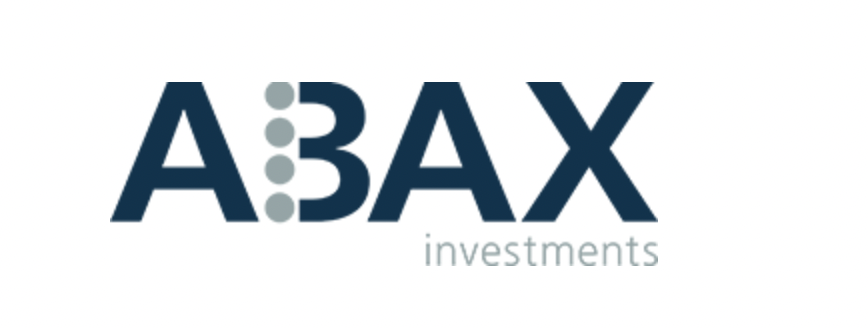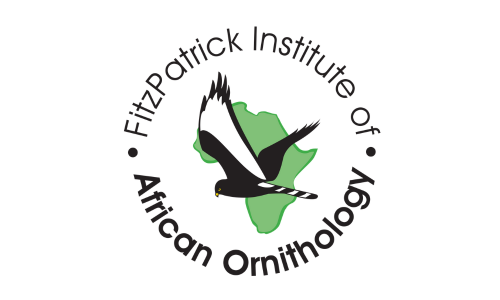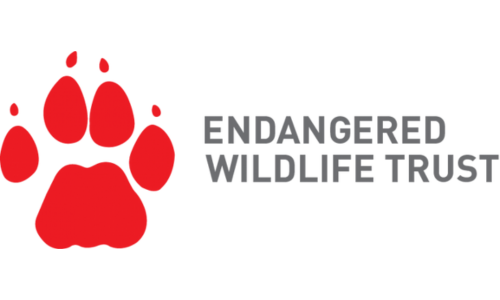Verreaux’s Eagle

Program at a Glance
Focal Species: Verreaux’s Eagle
Study Area: Karoo, South Africa
Threats:
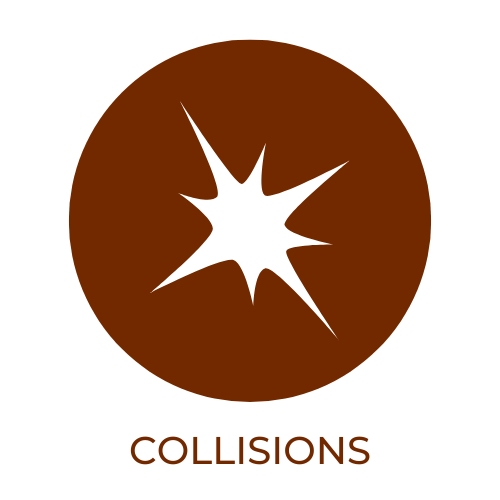
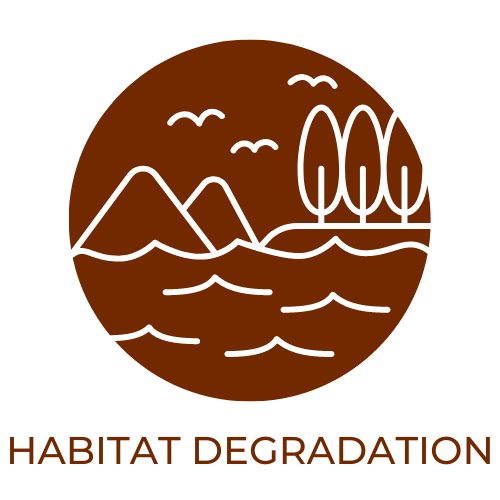
About the Program
Verreaux’s Eagles are mountain specialists and build large stick nests on inaccessible cliff faces. Because of the location, these nests are normally robust to disturbance and habitat loss. Still, in many areas, their home ranges have undergone fragmentation and land-use change. In southern Africa, populations of Verreaux’s Eagles have declined by about 30%, and more recently, they have come under additional pressures from wind energy. Like Golden Eagles, Verreaux’s Eagles are prone to collisions with wind turbines, and the combined impacts of mortality from these collisions could threaten the species’ long-term viability. To address this problem with colleagues at the FitzPatrick Institute of African Ornithology, we have collected GPS tracking data from Verreaux’s Eagles so that we can understand where collisions are likely to occur before wind turbines are built. We built a statistical model to examine these factors closely, and we are now able to use this model to make predictions of collision risk on a fine spatial scale across proposed developments. This model is now being used in South Africa to encourage wind development in the least risky areas and to deter it in locations that are likely to pose a high risk to the resident Verreaux’s Eagle population.
Program Highlights
Future of the Program
We are continuing to work closely with the FitzPatrick Institute and the South African wind energy industry to develop suitable mitigation methods that both reduce collision risk and assist with the development of sustainable energy. This includes testing whether painting one blade of a turbine encourages eagles to avoid the turbine. We also hope to eventually be able to track Verreaux’s Eagles in other African countries, including Kenya and Ethiopia, where the rapidly growing wind energy industry will likely threaten this species. We will then be able to develop a similar model for use throughout the species’ range to help the sustainable development of wind energy without compromising an at-risk raptor. You can support these efforts by sponsoring a transmitter.
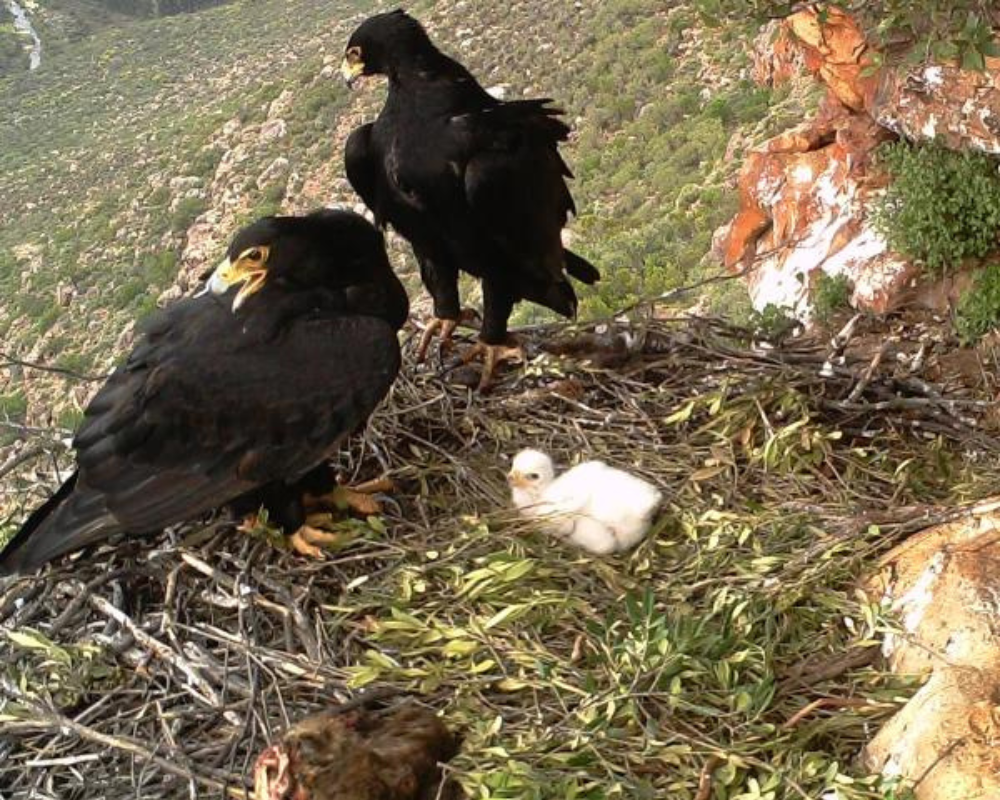
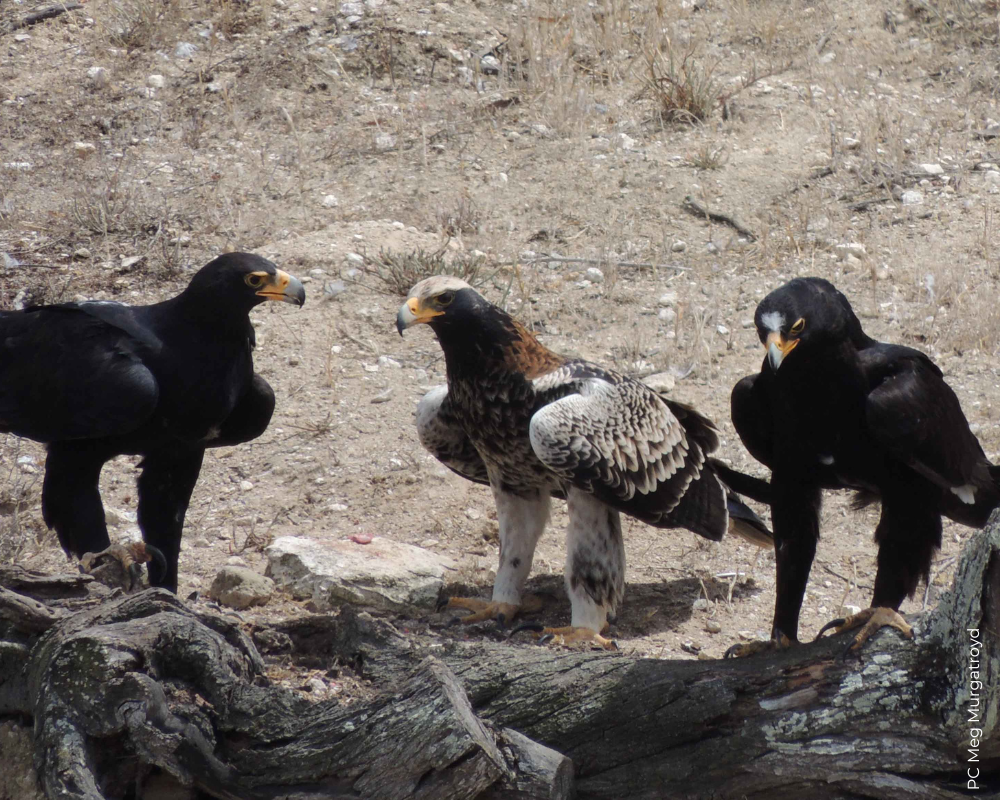
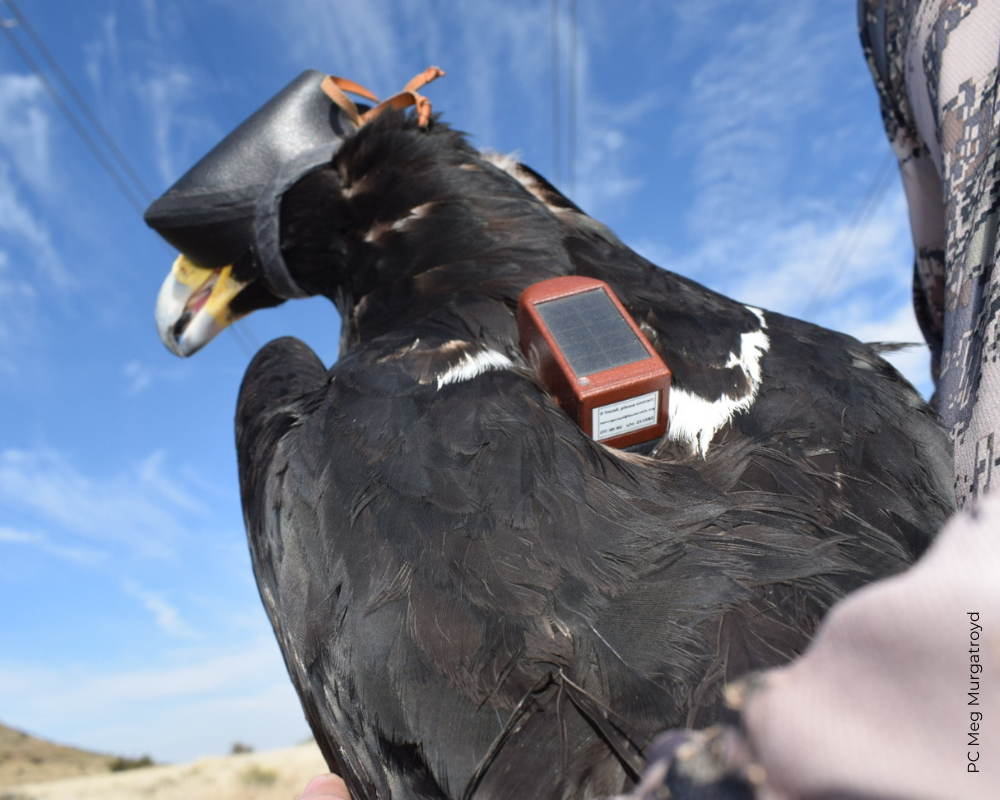
Looking for More Information?
Here’s How You Can Help
Report a Nest Location: Resightings of Verreaux’s Eagles are rare, so the best way you can help is to report nests. Email mmurgatroyd@hawkwatch.org to submit your nest sighting, and be sure to include GPS coordinates and a photo, if possible.
Sponsor a Transmitter: When you cover the monthly data fees for our transmitters, you’ll receive quarterly updates from our scientists, tracking maps, the opportunity to name your Verreaux’s Eagle and more! Click here to sponsor.
Read More in Our Publications, Reports, and Comments
Murgatroyd, M., Bouten, W., and Amar, A. 2021. u003cstrongu003eA predictive model for improving placement of wind turbines to minimise collision risk potential for a large soaring raptoru003c/strongu003e. Journal of Applied Ecology. Read More.
Contact the Team to Learn More
This program is led by our International team. To learn more, contact Dr. Megan Murgatroyd, Associate Director of African and Asian Programs.
Create a Wind-Win for Raptors and Humans
Renewable energy, like wind turbines, can present risks to raptors, like Verreaux’s Eagles. But with your support, we can provide data-driven solutions about their movement to industry to conserve them.

